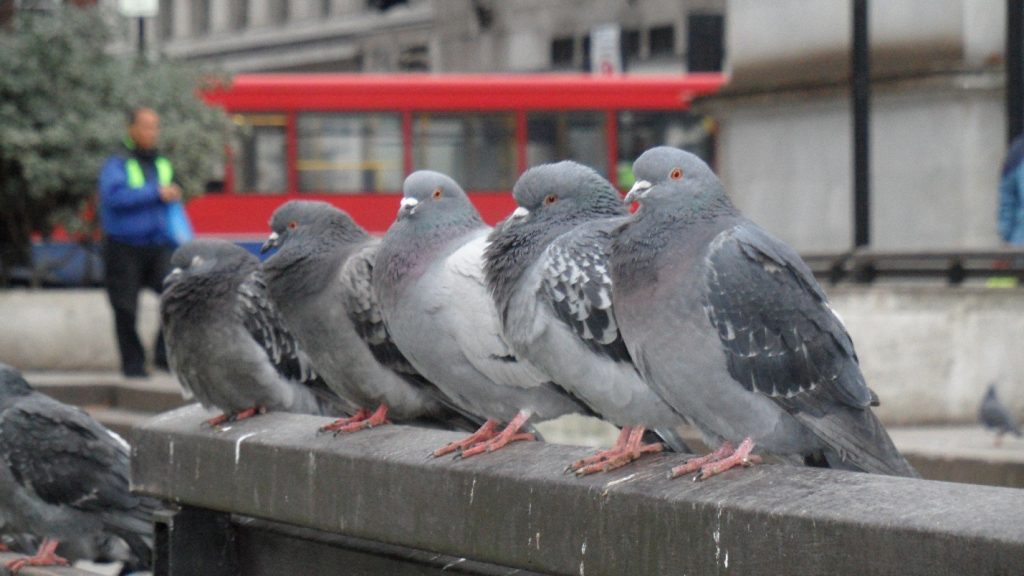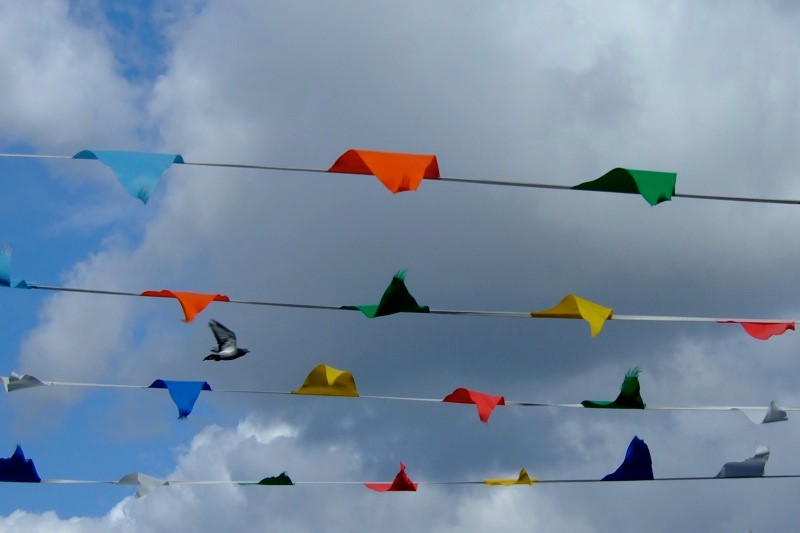Have you ever heard of pigeon racing and pigeon racing clubs? Pigeon racing is the sport that has a single starting line and a hundred finish lines. It has been quite a popular sport for some time now; and it’s been said that the history of the sport dates back to 220 AD in Belgium.
However, in recent years, the popularity of the sport has been on a decline in some countries because not many young people fancy pigeons; and there is a lack of public interest, especially in this day and age of modern technology. The sport became so popular that pigeon fanciers even have pigeon racing clubs established all around the world.
Pigeon racing club members usually train and condition their Racing Homers to traverse various distances ranging from 100 to 1,000 kilometers. In the past; racers and judges used a special clock to determine race winners, usually only by margins of a few seconds.
The pigeon race involves a specific breed of these intelligent and gentle-looking birds. The sport of pigeon racing uses the specially trained Racing Homers. Simply put, the race happens this way: the Racing Homer pigeons are released at a specific area with the goal of returning to their homes; within a meticulously measured distance; the time it takes for the pigeon to cover the distance as well as the rate of travel is measured; and the results are compared to the other pigeons in the race—the one with the highest speed wins.
Over time, pigeon racing clubs have developed different kinds of measuring and timing devices in order to accurately record the time the racing pigeons arrive at their destinations; such as RFID tags. The chips are attached to the pigeon’s leg and will register the time it lands on the destination. When birds land at the same time, the race is considered won by a tie. There has also been a variation in races wherein all birds are trained the same way and in races; they originate from one location and head to the same destination. In this setting, it does not matter much who the trainer is, but how successful the bird is.
In the United States, the sport of pigeon racing dates back to 1860s. The pigeons from Europe and some of the very first pigeon racing clubs in the country were formed. The pigeons were not raised and trained primarily for racing. The American Pigeon Racing Union agreed with the government that the pigeons will be used to deliver messages in case there is a communications emergency and technology breaks down. Today, pigeon fanciers are all over the world and they hold races. The sport is widely popular in England, Japan, Australia, Canada, Denmark, China, Taiwan and especially in Belgium. The costs for racing pigeons vary. There are pigeon varieties worth $200 while there are some that are worth $2000. Racing pigeons can be purchased through breeders and catalogues.
Pigeon racing is not a cheap sport. This is also the reason not many people are involved in it. On top of the purchase fee, an owner is expected to spend for feed, upkeep and medicine of the pigeons.
Additionally, no one can guarantee that a pigeon will return or find its way to the “finish line”. To compete in races, pigeon owners, most of them members of pigeon racing clubs in their countries; will pay race entry fees. For instance, a race entry fee can be $1000 plus a perch fee of $f200 to $400. The perch fee also covers the two backup pigeons of an owner.
In case an owner will enter his backup pigeons to the race; there is an additional entry fee of $1000 per bird. An owner who enters his pigeon to the race is also required to pay $50 for every pigeon as a buyback fee. When it ends up in the top 50; the racing pigeon in clubs are usually auctioned off and the owner gets a refund of the buyback fee. Half of the auction price goes to him, and the half goes to the race organizers.
A lot of people love the risk of pigeon racing; even when there is a chance that the birds won’t come back or cross the finish line. This is because the prize money of clubs racing pigeons is usually high. In Las Vega, for example, the prize pot is $250,000 for the first place winner and $50,000 for the second place. The top 50 finishers are also paid with at least $2,500 each for 26th to 50th place; higher prize for higher ranks.
If you are interested in the sport and don’t know if there is a club that you can join; here is a compilation of Pigeon Racing Clubs worldwide:
–

According to experts, the key to pigeon racing is being fast. It is important to get the fastest breed of pigeons to be trained for racing. Properly trained, the pigeons from racing clubs become strong and can endure flying in different kinds of weather conditions at great lengths. There are champion stocks from the Netherlands, Africa, Germany; and Belgium such as Dutch Cchampions Jan Hooymans, Pieter Veenstra, and C&G Koopman and Belgian champions Gaby Vandenabeele, Alfons Klaas; and Hardy Krüger that are bred with others.
To get started with the sport, it is good to get in touch with one of the pigeon racing clubs; or communities in your area. They will provide you with a starter pack to help you get all the basic information you need about pigeon racing.
As with any animal sport, pigeons are expensive to keep. First, getting the best breed is not exactly cheap. Then you need to consider the costs for pigeon feed, its vaccinations as well as necessary training equipment and upkeep. You may also have to maintain your own loft or keep your racing pigeon’s in another person’s lift for a fee.
If you are considering joining a one – loft race, you will house your pigeon along with others in one loft. Here, they will be raised and trained together. On race day, they will be released in the same location all at the same time; and will compete to return to the home loft.
Usually, there are four races per season in one loft. After a race, the owner can move their pigeons to another loft; and pay a race fee; return the pigeon to the breeder or sell it to another racer.
In pigeon racing clubs; the pigeon that goes the shortest route and gets too the destination at the fastest time is the winner. There are any categories for pigeon Olympics, too, including all-rounder, best sprint, middle-racer, and long distance-racer.
If it is expensive, why would it be fun to join pigeon racing clubs? First of all, pigeon races are not cruel. You won’t have a problem with animal rights. The birds are well taken care of and most, if not all; pigeon fanciers are so attached to their birds that they will lavish it with care and make it happy. Of course, a sad pigeon is not a successful flier.
Racing pigeons are like pampered pets. You will develop a loving bond with your pigeon as well as pride during races. The career of racing pigeons can last for 4 years, and their lifespan can reach 20 years!
Trained well, you won’t have to worry about your pigeon losing its way home. Racing pigeons will have their own identification number in plastic and metal rings on their leg; which can be traced back to their owner.
Every year, about a million of these rings are issued in the United Kingdom alone. More than that, when you belong to a pigeon racing club; you will be connected to hundreds of thousands of pigeon fanciers all over the world. Even Queen Elizabeth has 170 acing pigeons in the royal loft!
Every year, in the United Kingdom especially, pigeon fanciers use pigeon racing to earn thousands for charity. Who knew that such an interesting sport can be used for a good cause? With these amazing perks and more, come on and join the fun—be a pigeon racing fancier.


 Author and long-time animal lover. Sharing knowledge on pet care through experience and the written word.
Author and long-time animal lover. Sharing knowledge on pet care through experience and the written word. 